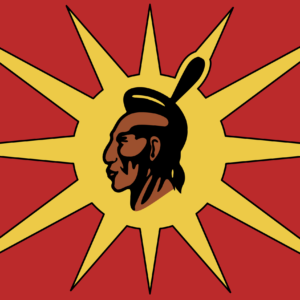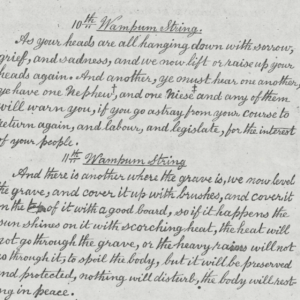
Editorial by Jonathan Garlow
Irene Martinez is only 13 years old, but this Toronto middle school student reads these three powerful announcements each morning before playing the Canadian national anthem:
“In keeping with Indigenous protocol, I would like to acknowledge this school is situated upon traditional territories,” she started out day-by-day.
“The territories include the Wendat, Anishinabek Nation, the Haudenosaunee Confederacy, the Mississaugas of the New Credit First Nations, and the Métis Nation. The treaty was signed for the particular parcel of land that is collectively referred to as The First Purchase and applies to lands west of Brown’s Line to Burlington Bay and north to Eglinton Avenue.”
“I also recognize the enduring presence of Aboriginal Peoples on this land.”
She is not alone.
These sobering statements are now read aloud at all 588 schools across the Toronto District School Board and we can credit indigenous elder Duke Redbird for challenging the status quo getting the proper acknowledgement added into the Toronto educational system.
This is part of the unfolding story of reconciliation in Canada.
After six years of hearings and testimony, the Truth and Reconciliation Commission put forward 94 recommendations to address the “cultural genocide” of more than 500 nations of indigenous peoples through Canada’s residential school system. That was in 2015. PDF Copies of the report are available online.
Of special interest is the section that states:
“In order to redress the legacy of residential schools and advance the process of Canadian reconciliation, the Truth and Reconciliation Commission makes the following calls to action. (62-i) We call upon the federal, provincial, and territorial governments, in consultation and collaboration with Survivors, Aboriginal peoples, and educators, to: Make age-appropriate curriculum on residential schools, Treaties, and Aboriginal peoples’ historical and contemporary contributions to Canada a mandatory education requirement for Kindergarten to Grade Twelve students and (63-i) developing and implementing Kindergarten to Grade Twelve curriculum and learning resources on Aboriginal peoples in Canadian history, and the history and legacy of residential schools.”
That’s a pretty gnarly paragraph of words but it’s basically saying that Canadians need to teach their kids about how badly John. A. MacDonald, Duncan Campbell Scott, Ryerson and their ilk messed up a really important relationship.
The problem is we’ve had similar types of studies done before and nothing much was accomplished.
In January, the Canadian Human Rights Tribunal found the federal government guilty of discrimination against First Nations children in the way it delivers child welfare services on reserves. It was decided that Ottawa would budget a court ordered increase for the children — but just last week it was found out that the Liberal government did not budget the increase for child welfare.
Also, the Royal Commission on Aboriginal Peoples (RCAP) issued its final 4,000-page report in November 1996. It was perhaps overly ambitious with 440 recommendations calling for radical changes in the relationship between “Aboriginal” (sic) and non-Aboriginal people and governments in Canada. The RCAP called for a new Royal Proclamation, recognition of an “Aboriginal” order of government, and sweeping changes to address social, education, health and housing needs — is a new Royal Proclamation even possible?
In the forward notes, the commissioners at that time stated: “there cannot be peace or harmony unless there is justice.”
Now Canadian people have been wondering what justice might actually look like. No one wants to go back to a European country they haven’t even visited.
After it’s all said and done, justice might look like a little girl reading a nugget of indigenous truth to your children every morning.
It’s nice to be remembered.






